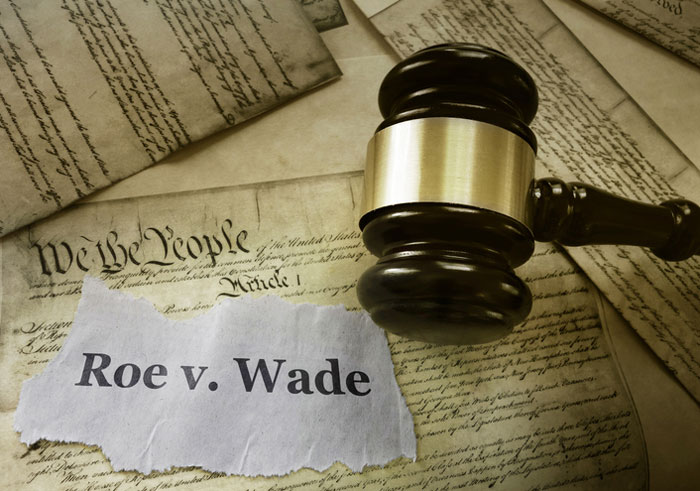 zimmytws / Getty Images
zimmytws / Getty Images The United States commemorated the 49th anniversary of the Supreme Court’s seminal Roe v. Wade decision last weekend. It is an open question among both Roe’s supporters and opponents whether there will be a fiftieth.
When the Supreme Court meets this June to announce their decision on the constitutionality of a Mississippi state law that would prohibit legal abortions after the 15th week of pregnancy, it has several options available to consider. The most dramatic possibility would be to overturn Roe altogether, leaving it for all fifty states to decide for themselves whether to allow abortion to remain legal or what limitations to put on the procedure. Both sides of the debate seem to be preparing themselves for this possibility, and most knowledgeable observers believe that approximately half of the 50 states would move to impose an absolute ban.
It appears from the Court’s hearing on the Mississippi law last month that Chief John Roberts was actively searching for a possible solution that would avoid a complete overturn of Roe. While there is almost a precise split between self-described pro-choice and pro-life voters in this country, polls show that Americans oppose Roe’s overturn. Roberts is known to be sensitive to the perception of the Court as a partisan instrument of either party, and identifying a middle ground alternative on such a divisive issue would provide some protection against charges of abject politicization of the judiciary.
While there’s certainly no guarantee that midterm elections driven by abortion politics will save the Democratic majority, it does represent the most plausible path toward that outcome.
But there are five other Republican-appointed justices, so it’s difficult to see any outcome that does not allow for greater restrictions on legal abortion, even while preventing states from an outright elimination of the practice. While the three remaining liberal judges might be willing to sign on to some type of compromise, Roberts’ task will be to convince at least one of his conservative colleagues to join him too.
Roberts has floated the idea of allowing Mississippi’s 15-week limit to stand without confronting the core concept of Roe. And polling also shows that a majority of Americans believe that abortion after the first trimester should be restricted (although not completely eliminated).
While a ban after 15 weeks would shrink the current viability threshold of 22-24 weeks by as much as two months, such a reduction would fall squarely within the parameters of public opinion. This raises the question of whether the majority’s true target is not Roe, but rather the 1992 Planned Parenthood v. Casey decision which established the concept of an “undue burden” standard to assess abortion restrictions. The distinction between legal and illegal conduct is an extremely stark one, but whether the obstacles to abortion access are overly burdensome is much murkier, and may offer Roberts and his conservative colleagues some protection against popular backlash.
But if the other conservative justices ignore Roberts’ efforts toward compromise and vote to completely overturn the original decision, the resulting turmoil would dramatically upend the political landscape in unpredictable ways. In the past, Republicans have generally been more successful at energizing their socially conservative base on this issue. But after the justices heard arguments on the Mississippi case, Democratic leaders did sound much more invigorated by the prospect of a high-profile abortion fracas next fall than their GOP counterparts. While Democrats predicted that their candidates would rouse like-minded voters by promising to codify Roe’s abortion protections into legislation, Republicans offered a much more cautious response, suggesting that economic and pandemic-related issues would be more important to most voters. But while there’s certainly no guarantee that midterm elections driven by abortion politics will save the Democratic majority, it does represent the most plausible path toward that outcome than has been evident for many months. It becomes easier to see how an aroused Democratic base, combined with a pronounced shift of suburban women swing voters to the left, could potentially keep Nancy Pelosi and Chuck Schumer in their current jobs.
The end result would be the elimination of national abortion protections, in exchange for continued Democratic congressional majorities. How interesting it will be to hear how both sides of this battle would feel about such a tradeoff.
Dan Schnur is a Professor at the University of California – Berkeley, USC and Pepperdine. Join Dan for his weekly webinar “Politics in the Time of Coronavirus” (www/lawac.org) on Tuesdays at 5 PM.























 More news and opinions than at a Shabbat dinner, right in your inbox.
More news and opinions than at a Shabbat dinner, right in your inbox.